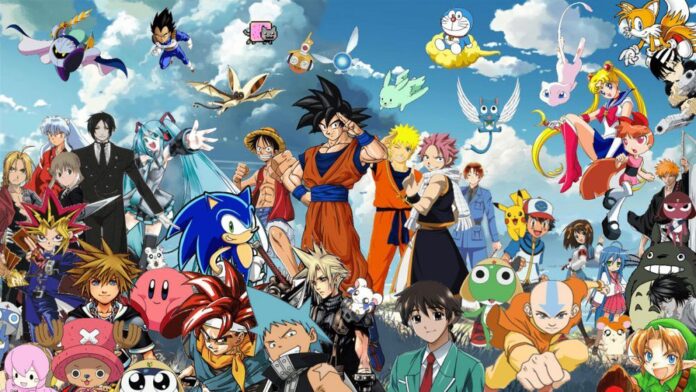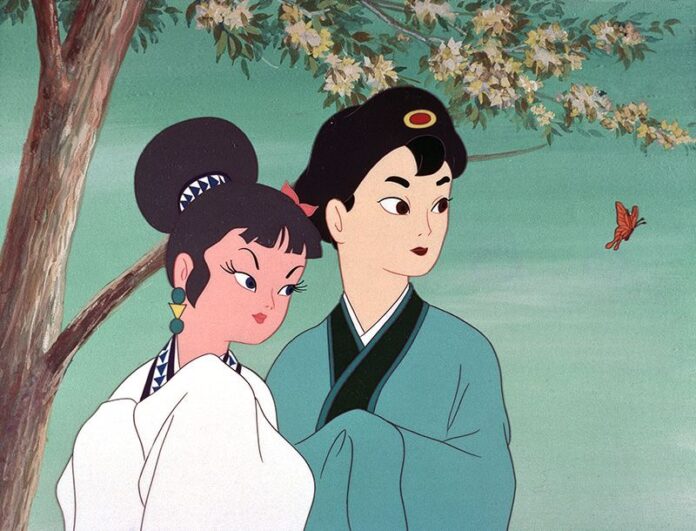Anime, or Japanese animation, has become a global phenomenon in recent decades. From mainstream series like Dragon Ball Z to cult classic Akira, anime has taken slices of every genre imaginable and brought them to life with beautiful artwork and unique storytelling. But what exactly is anime? Where did this vibrant art form come from, and how has it changed? This article will attempt to answer these questions by exploring Japan’s anime industry’s origins and evolution.
What is anime?
At its core, anime is an animation style characterized by colorful visuals, dynamic characters, and exaggerated facial expressions. It often follows a linear narrative structure, with each episode furthering the story of its characters. Themes explored in anime range from lighthearted comedy to dark fantasy, sci-fi, and horror. Common elements in anime include martial arts, robots, ninjas, magical girls, supernatural powers, and mechs.
Anime also has its unique art style, which can vary depending on the studio and director. Generally, anime is drawn semi-realistically and features highly detailed backgrounds, dynamic camera angles, and vivid color palettes. Characters often have exaggerated facial expressions that convey their emotions more effectively than words.
Where did anime come from?

Anime was first developed in Japan during the early 20th century as commercial entertainment for children. Initially, these cartoons were heavily influenced by American Popeye cartoons, but over time more unique styles and storylines emerged. In the 1960s, Osamu Tezuka’s Astro Boy became one of the first popular anime series to feature human characters rather than animals or robots. This paved the way for future series like Gundam, Macross, and later blockbuster franchises like Dragon Ball and Sailor Moon.
The 1980s saw the beginnings of the anime boom in Japan, with studios such as Toei Animation and Studio Ghibli producing classic series like Record of Lodoss War, Akira, and Neon Genesis Evangelion. During this period, anime began to be exported to other countries, where it slowly gained popularity. By the mid-90s, anime had become a phenomenon in the US and Europe, with shows such as Pokemon becoming an instant hit among children.
How has anime evolved?

As technology developed, so did the animation industry’s ability to produce more sophisticated stories. Computer animation became more commonplace in the 2000s allowing for more detailed backgrounds and special effects. 3D animation also began to be used in some series, such as Ghost in the Shell: Stand Alone Complex, allowing for realistic action scenes.
In recent years, streaming services such as Netflix have allowed anime to reach a global audience, with shows like Attack on Titan and My Hero Academia becoming fan favorites. Simultaneous dubbing is also becoming more common, with shows like Death Note being dubbed into multiple languages simultaneously. This has allowed a more comprehensive range of viewers to enjoy these stories regardless of the language barrier.
Different types of genres and stories found in anime

Anime can be divided into genres and subgenres, each with a unique style and appeal. Some popular genres include action, adventure, fantasy, horror, mecha, and romance. Within each genre, several stories usually explore specific themes, such as science fiction in Cowboy Bebop or coming-of-age in Toradora. TV series such as Avatar: The Last Airbender and Princess Mononoke have also been adapted into anime films with unique styles and atmospheres.
Another aspect of anime is the fan culture that has grown around it. Fans often engage in activities such as cosplay, fan art, and conventions to show their love and appreciation for the series. These activities help to bring fans together and foster a sense of community.
Anime culture in the bedroom

Anime culture has also profoundly impacted the bedroom, with many people incorporating it into their sex lives. Cosplay has become popular among couples, with people dressing up as their favorite anime characters and role-playing different scenarios. Some people even incorporate anime into their sex toys, such as the popular hentai dildo. Sometimes, it can spice up relationships by introducing something new and exciting.
Anime sex dolls have also become popular, with these life-like dolls taking on the appearance of one’s favorite anime characters. These dolls provide a unique experience for those looking to explore their fantasies safely and consensually. The advantages of these dolls include the ability to customize their appearance and the fact that they are non-judgmental and always willing to please.
How to find the right anime for you?
Are you a fan of anime or are you new to the genre? Either way, finding the right anime can be overwhelming with so many options available. Here are some tips to help you find your perfect match:
Start with a genre that interests you – Anime covers a wide range of genres from action and romance to horror and comedy. Begin by exploring the ones that interest you the most.
Read reviews – Look up reviews online or ask friends who are into anime for recommendations. This will give you an idea of what others think about certain shows.
Try out different streaming platforms – There are plenty of streaming services like Netflix, Hulu, Crunchyroll, Funimation, etc., that offer a variety of anime shows. Try out different platforms to see which one offers the type of anime you enjoy watching.
Watch trailers – Trailers give you a glimpse of what the show is about and its animation style. This will help you decide whether it’s worth your time or not.
Give it a chance – Sometimes it takes more than one episode to get into a show. If you’re unsure about a particular show after watching just one episode, try watching a few more before making up your mind.
Immerse yourself in the magical world of anime
Anime has been around for over a century and has undergone many changes to become the vibrant art form it is today. From its origins as child-friendly entertainment to its current status as a global phenomenon, anime continues to captivate viewers with its stunning visuals and complex storylines. Despite the countless types of stories found within anime, one thing remains constant: its ability to captivate and inspire. Whether it’s a story of friendship or a tale of heroism, anime has something for everyone.









